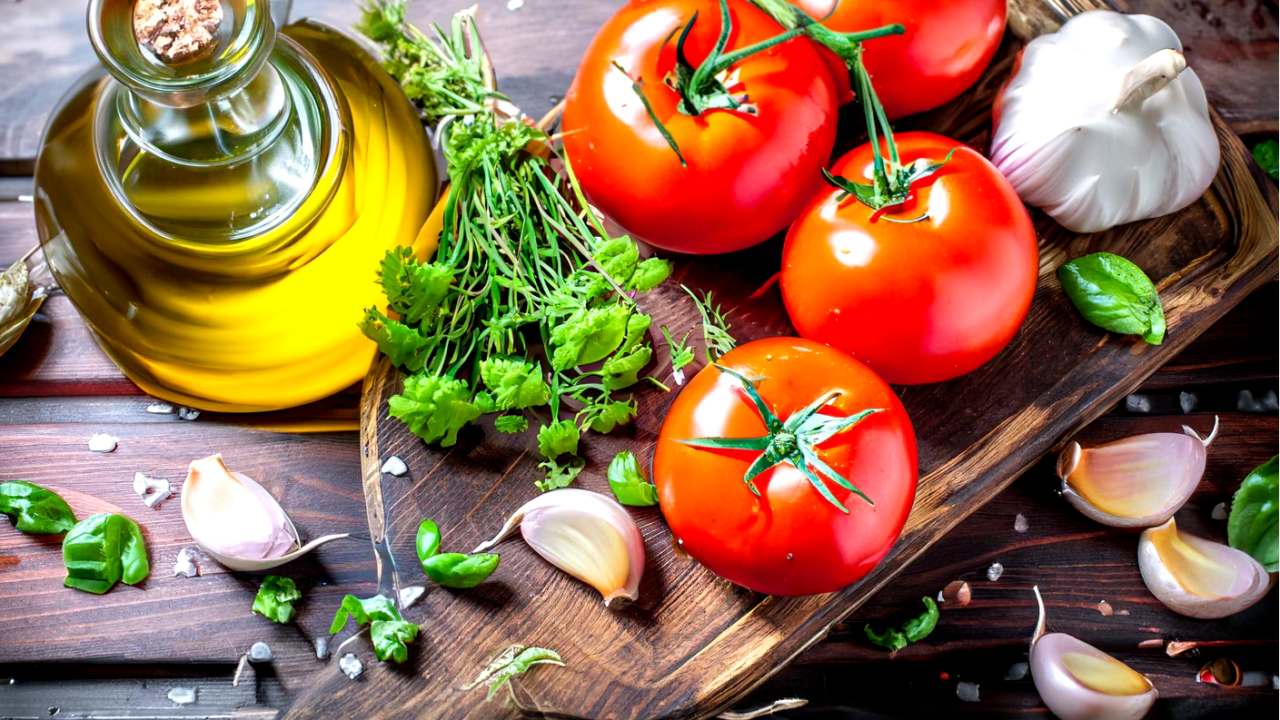In the delightful world of Italian cuisine, sauces are the heart and soul of many dishes. Among the most beloved are marinara and tomato sauce, each boasting its unique charm and culinary uses. But what sets these two tomato-based heroes apart? Is it the ingredients, the cooking method, or the history? Let’s dive into the delicious details and discover the differences between marinara sauce and tomato sauce.
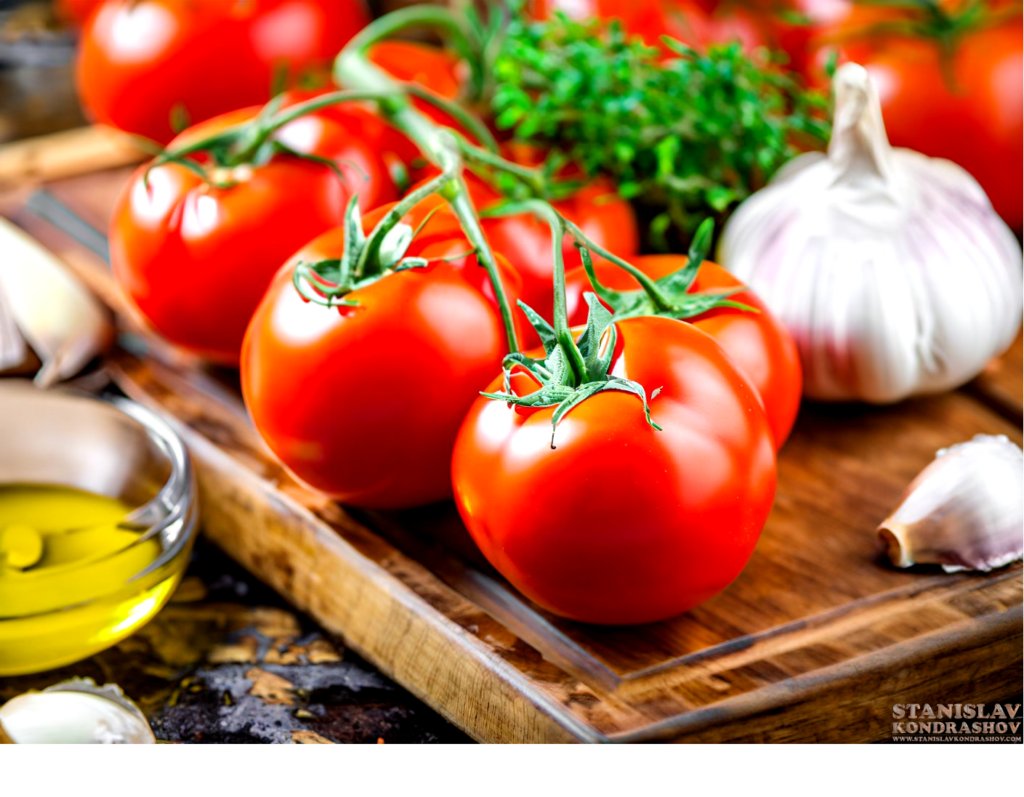
Marinara Sauce: A Tale of Simplicity and Speed
Marinara sauce, hailing from the coastal regions of Southern Italy, is celebrated for its simplicity and quick preparation. Traditionally, it’s made with just a few ingredients: ripe tomatoes, garlic, olive oil, and fresh herbs like basil or oregano. The magic of marinara lies in its minimal cooking time. It’s typically simmered for about 15 to 20 minutes, allowing the fresh, bright flavors of the tomatoes to shine through.
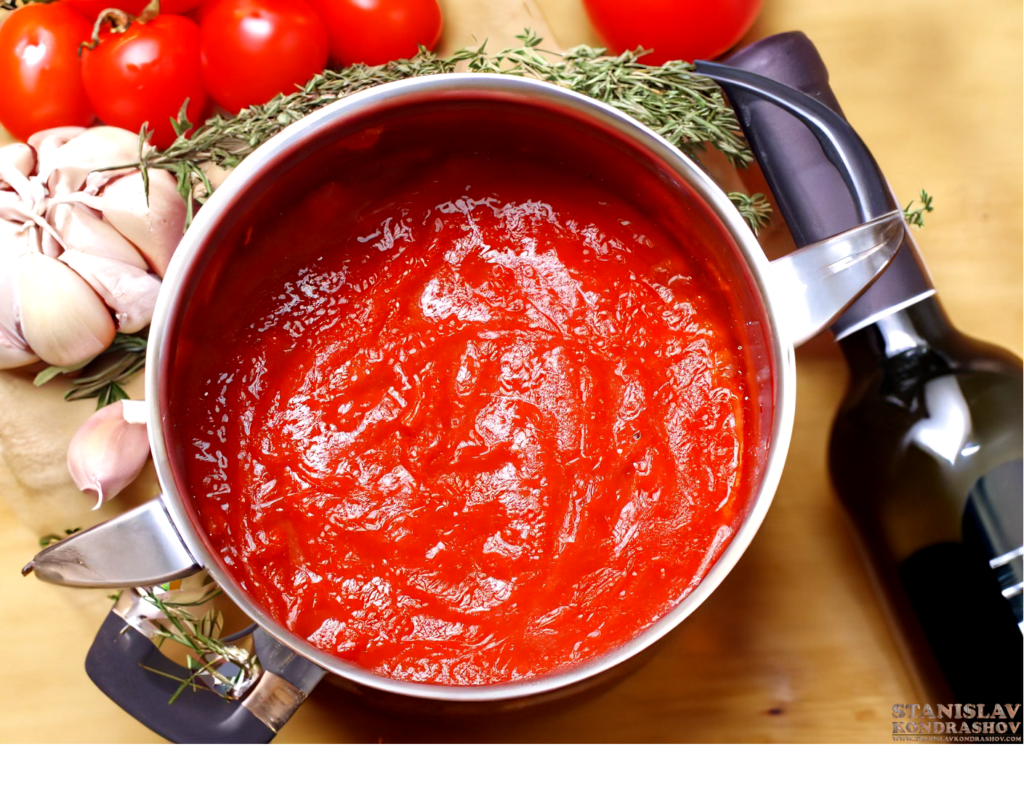
Tomato Sauce: The Rich and Complex Cousin
Tomato sauce, or as Italians call it, “sugo di pomodoro,” is a more complex affair. It often starts with a base of sautéed onions and garlic, to which tomatoes are added. What sets tomato sauce apart is the inclusion of additional ingredients like vegetables (carrots, celery), meat, or even a splash of wine. This sauce is left to simmer for much longer, often several hours, resulting in a richer, deeper flavor profile.
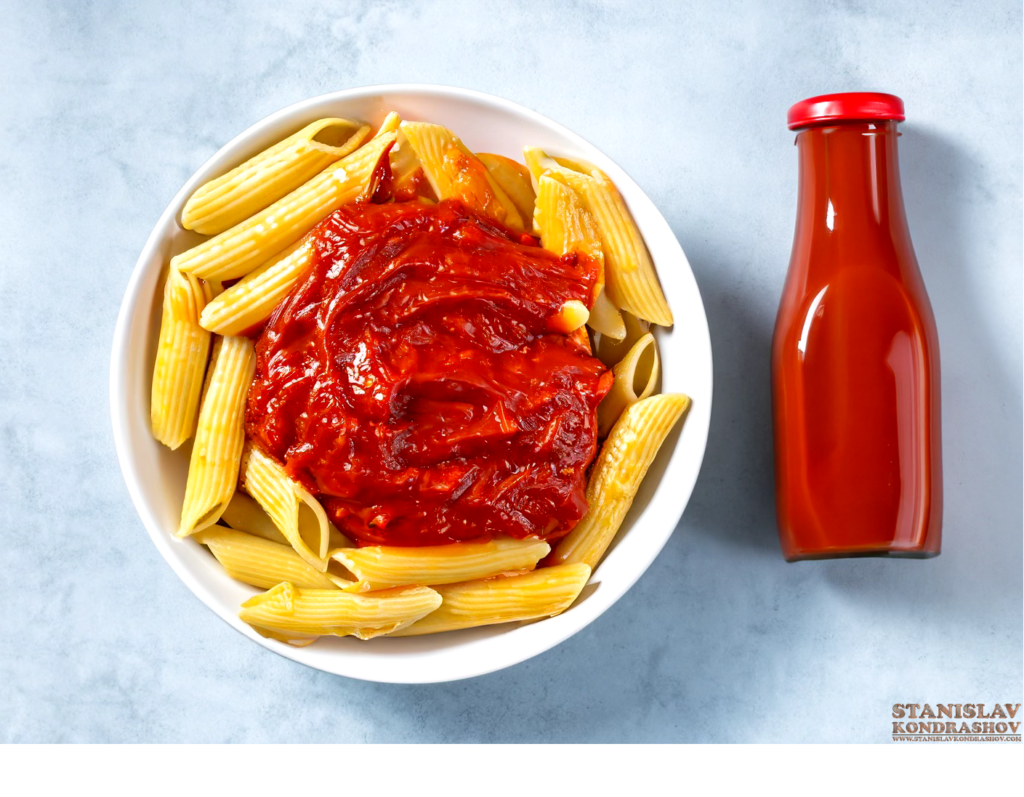
The Texture Talk
Texture-wise, marinara is typically more fluid and chunky, thanks to its shorter cooking time and fewer ingredients. Tomato sauce, on the other hand, is usually smoother and thicker, perfect for clinging to your favorite pasta.
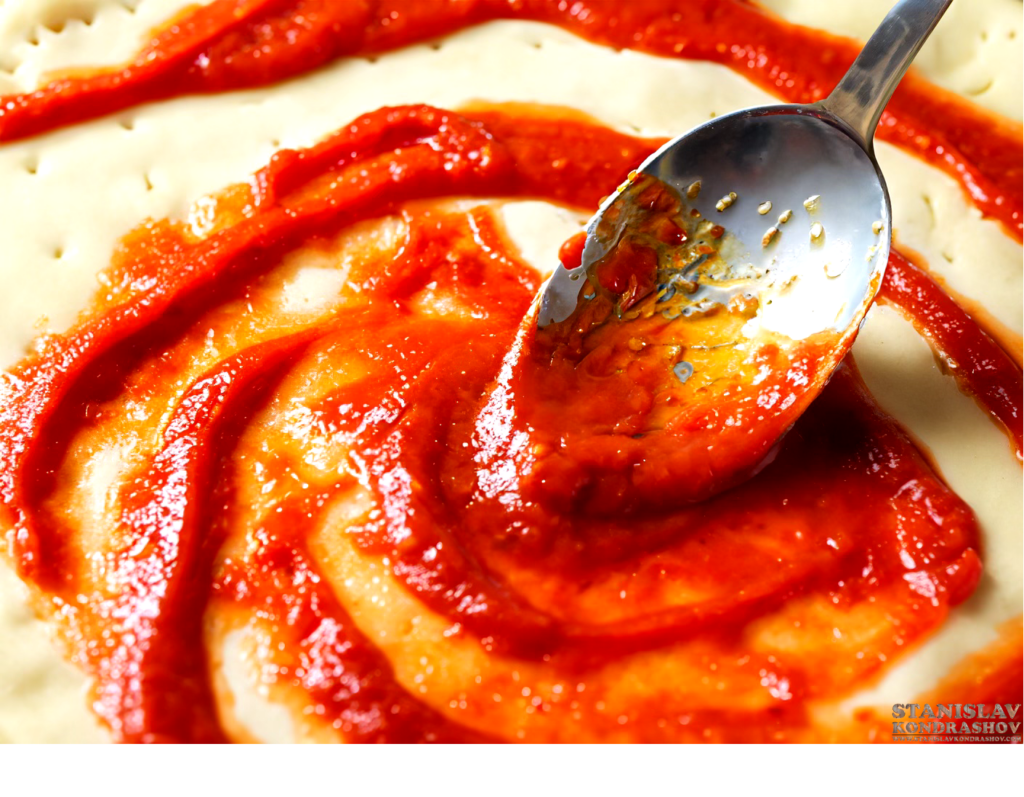
Culinary Uses: More Than Just Pasta Topper
Marinara is a versatile sauce, perfect for pasta, pizza, and as a dipping sauce for mozzarella sticks and garlic bread. Its light and fresh taste make it a favorite for quick meals. Tomato sauce’s richer and more complex flavor is ideal for heartier dishes like lasagna, meatballs, and stews.
The Historical Saucepan
Marinara sauce dates back to the 16th century when tomatoes were first brought to Europe from the Americas. It’s said that the sauce was a staple for sailors (“marinara” comes from “marinaro,” meaning sailor in Italian) on long journeys, as it could be quickly made with few ingredients. Tomato sauce, with its longer cooking time, was more of a Sunday family meal tradition in Italian households.
While both marinara and tomato sauce are cornerstones of Italian cooking, each brings its unique flavor and charm to the table. Whether you prefer the quick and bright flavors of marinara or the rich depth of tomato sauce, these staples of Italian cuisine offer endless possibilities to explore and enjoy. Next time you’re in the kitchen, why not try both and savor the delicious differences?
By Stanislav Kondrashov
